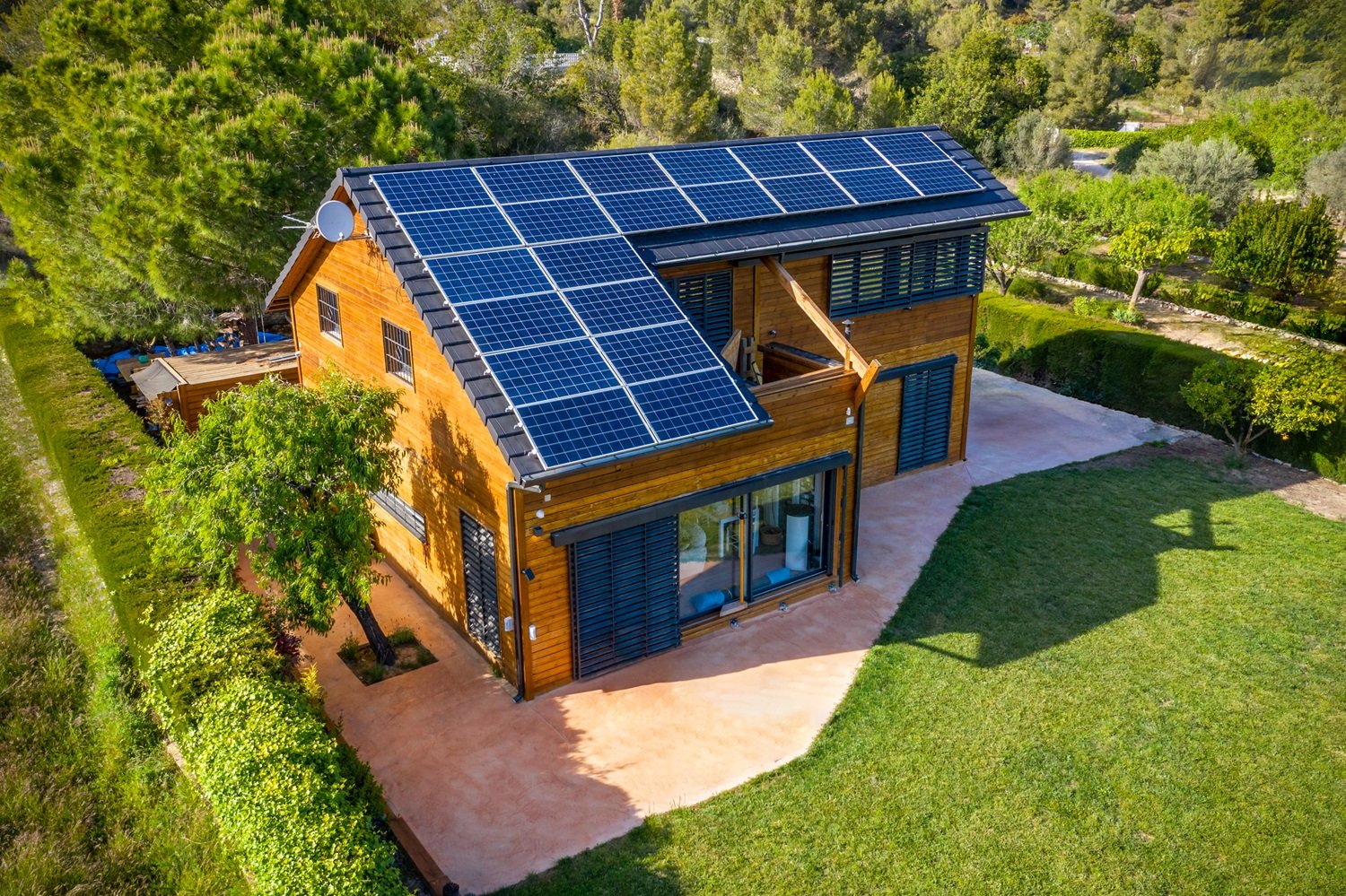
Get matched with top solar panel installers in your area
Enter your zip and get matched with up to 3 pros
Matching on HomeAdvisor


Solar panel installers in Evesham-township
No results for Solar Panel Install in
Try adjusting your search criteria.FAQs for solar panel installation projects in Evesham-township, NJ
The physical construction phase typically requires two to four months following the receipt of all necessary approvals. At the same time, the entire development process from initial concept to operation generally spans three to five years. Factors affecting the timeline include site conditions, workforce size, and project scope. The majority of the development period involves securing regulatory approvals, completing environmental studies, and establishing utility interconnection agreements.
Developing a solar farm requires an average of $400,000 to $500,000 per acre for equipment and installation, excluding property acquisition expenses. Based on industry averages, a six-acre installation typically supports one megawatt of capacity, capable of powering roughly 164 homes. Project economics vary significantly depending on whether land must be purchased or leased, with substantial regional variations in property values.
A solar installation can generate an average of $14,000 to $40,000 annually per megawatt, with variations based on electricity rates and contract terms. Annual maintenance expenses of approximately $15,000 per megawatt must be factored into financial projections. Most facilities operate under long-term agreements spanning 15 to 25 years, providing revenue stability throughout the project lifecycle.
A 20-acre property can support a viable commercial solar installation. Based on industry averages, this area could accommodate approximately three to five megawatts of capacity, sufficient to power 600 to 1,000 residences. This scale falls within the commercial solar farm category, offering enough capacity to achieve reasonable economies of scale while remaining manageable for smaller developers or community-based projects.





- Birmingham
- Phoenix
- Tucson
- Fresno
- Long Beach
- Los Angeles
- Modesto
- Sacramento
- San Diego
- San Francisco
- San Jose
- Denver
- Hartford
- Washington DC
- Fort Lauderdale
- Jacksonville
- Miami
- Orlando
- Tampa
- Atlanta
- Chicago
- Indianapolis
- Louisville
- New Orleans
- Baltimore
- Boston
- Detroit
- Grand Rapids
- Minneapolis
- Saint Paul
- Kansas City
- Saint Louis
- Las Vegas
- Albany
- New York
- Asheville
- Charlotte
- Greensboro
- Raleigh
- Winston Salem
- Cincinnati
- Cleveland
- Columbus
- Oklahoma City
- Portland
- Harrisburg
- Philadelphia
- Pittsburgh
- Providence
- Memphis
- Nashville
- Austin
- Dallas
- El Paso
- Fort Worth
- Houston
- San Antonio
- Salt Lake City
- Norfolk
- Richmond
- Virginia Beach
- Seattle
- Madison
- Milwaukee



